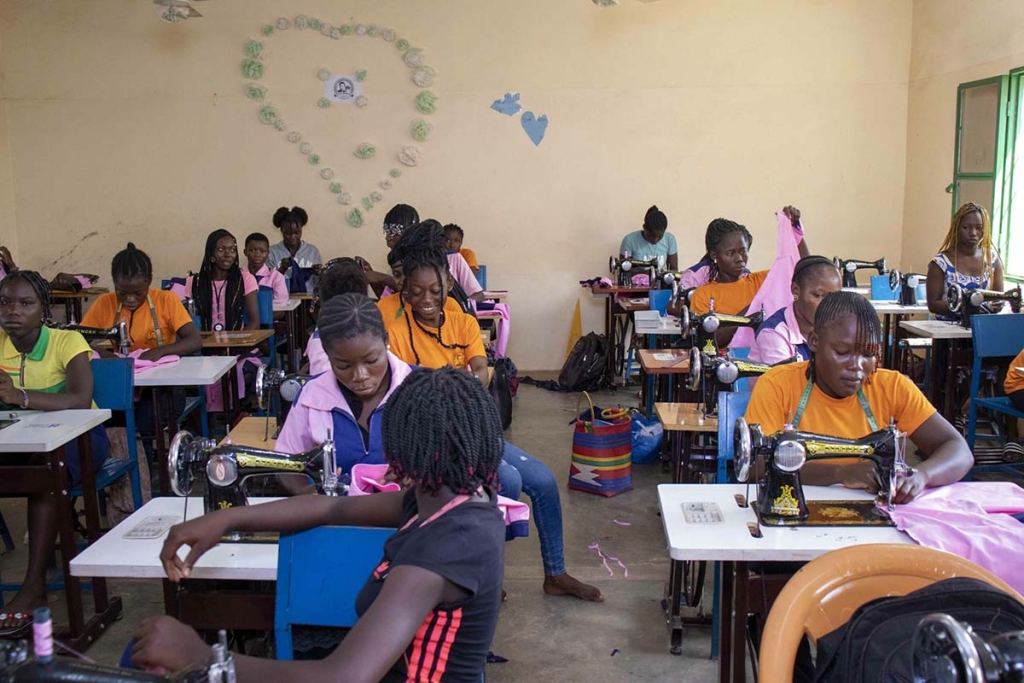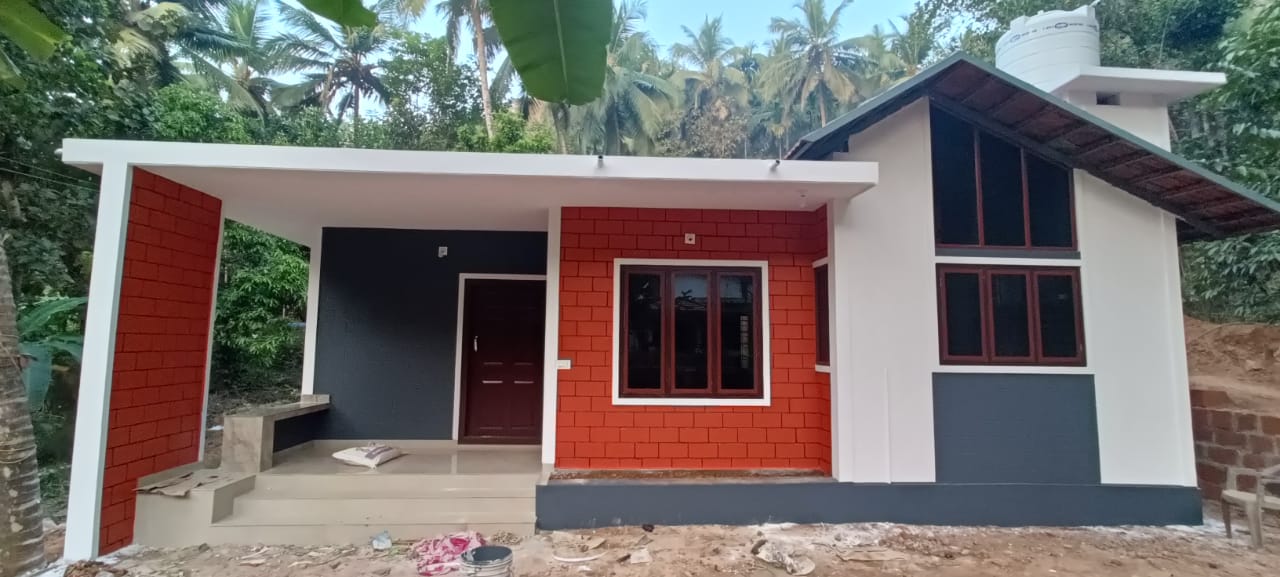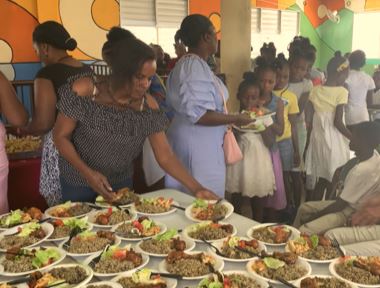INDIA: Young women gain digital literacy

Assam Don Bosco University holds free digital literacy training for young women
(MissionNewswire) Assam Don Bosco University held a free digital literacy training on the basics of desktop publishing for young women from the State Home for Women in Jalukbari, Guwahati, India. The training, organized by VanitAgrata, the women empowerment group of the university, helped rural young women learn skills for employment. The one-day training involved lectures, practical sessions, demos and hands-on practice sessions.
VanitAgrata began in 2015 with the motto “By the Women, For the Women.” It provides free digital training to empower young girls and women in Assam, bridge the digital divide, and facilitate gender equality. Tools and technologies covered include basic computer training, using mobile phones, banking transactions, housekeeping and use of the internet.
“To compete in the workforce, young women must have access to education,” said Father Gus Baek, director of Salesian Missions, the U.S. development arm of the Salesians of Don Bosco. “Salesian programs ensure that young women have access to the education and workforce development services to find and retain stable employment. Digital literacy training is an essential skill everyone must have.”
Access to professional training and workforce development services is highly valued in India. The country, which is home to 1.34 billion people (18 percent of the world’s population), will have overtaken China as the world’s most populous country by 2024, according to the World Economic Forum. While India has the world’s largest youth population, it has yet to capitalize on this, leaving some 30 percent of this population without employment, education or training.
India has the world’s fourth largest economy but more than 22 percent of the country lives in poverty. About 31 percent of the world’s multidimensionally poor children live in India, according to a report by the Oxford Poverty and Human Development Initiative.
India’s youth face a lack of educational opportunities due to issues of caste, class and gender. Almost 44 percent of the workforce is illiterate and less than 10 percent of the working-age population has completed a secondary education. In addition, many secondary school graduates do not have the knowledge and skills to compete in today’s changing job market.
###
Sources:
Photo courtesy of Salesian Institutions of Higher Education
Salesian Institutions of Higher Education – Assam Don Bosco University holds free digital literacy training for women and children of rural areas
Salesian Missions – India
World Bank – India





